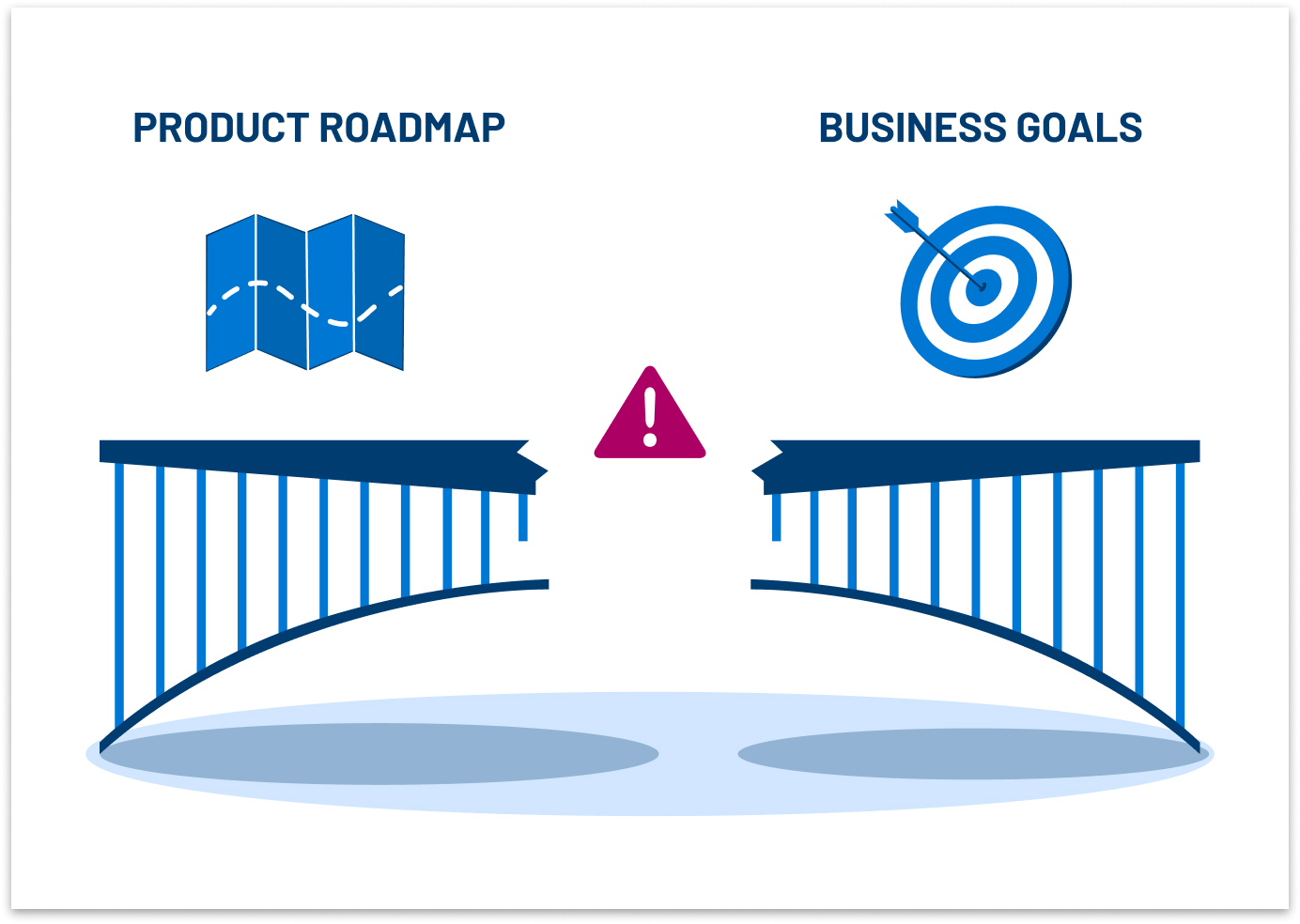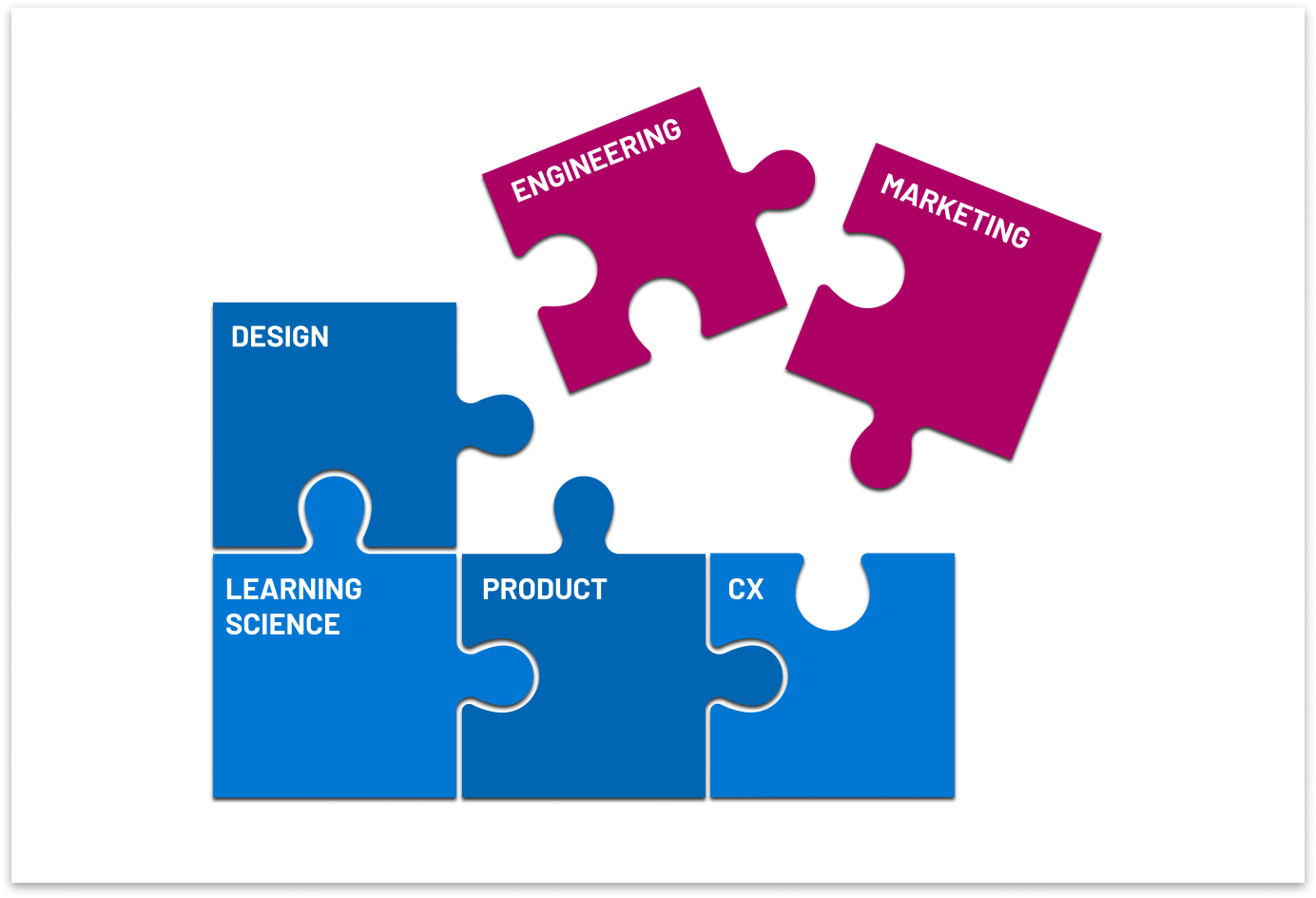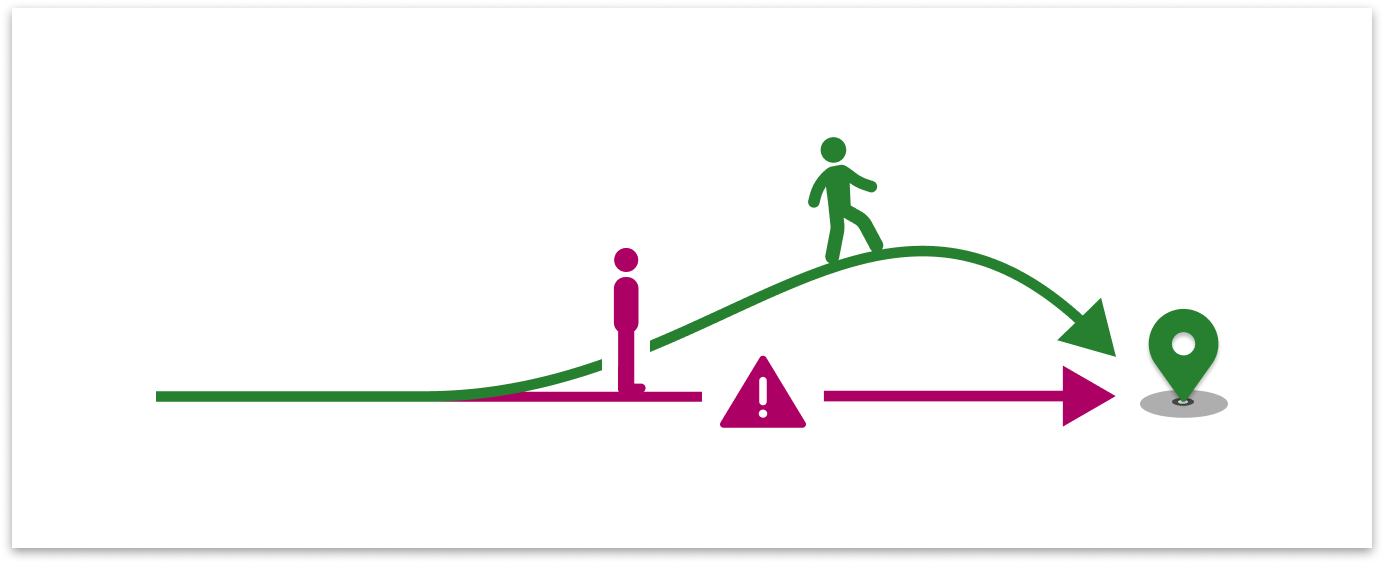The better the roadmap, the better the journey to your destination. It’s true on a vacation, and it’s true for your EdTech product development. Similar factors have to be weighed out when you plan: timelines, experiences, costs, and goals.
Unfortunately, many product roadmaps that intend to reflect long-term plans are actually short-sighted. They may not align properly with your strategic direction, or they might be too rigid to handle the reality of what the future holds. And most problematically, roadmaps can be void of real user experience insights.
Unless it aligns to what is beneficial to the end user at every step, your roadmap could be at risk of these kinds of vulnerabilities. You’ll need to strengthen it and ensure it’s much more than an informational document. A roadmap empowered by user journeys from a UX team can give your product roadmap vision — and meet users’ evolving needs.
4 Reasons Your Roadmap Could Be at Risk Over the Long Term
In theory, roadmaps are designed to be strong strategic tools. In practice, they often fail to communicate real value to stakeholders. The following four vulnerabilities put roadmaps — and therefore your product — at risk.

1. Neglects organizational strategy
It’s all too easy to become siloed and focus on one area instead of considering all facets of your business. Your business objectives might be well defined, but they may not be accurately reflected in the roadmap.
By not validating that your product roadmap and organizational goals are in alignment, you run the risk of designing a product that doesn’t meet your business objectives or serve your users’ best interests.

2. Too feature-focused
If you don’t work to serve the best interests of the end user, extra features may just be extra baggage. Your product roadmap needs to distinguish must-have features from nice-to-haves and serve your users’ needs.

3. Doesn’t include all members of your product team
Making sure each part of your product team is included in roadmap planning is vital. If your team tends to adopt day-to-day (or one-feature-at-a-time) thinking, you won’t be able to create holistic team alignment around a shared product vision.
Product teams focus on how to help promote your business over time, while architecture and engineering teams ensure the product is built efficiently within the framework of the existing product. The design team brings user considerations to examine how upcoming features fit in with the overall experience of the product.
Each brings unique concerns to the table that another team might not consider — concerns that together add up to a future-proofed product.

4. Is rigid and doesn’t allow for product agility
Product roadmaps can’t be rigid, otherwise shifting priorities become disruptive rather than productive. Feature priorities will inevitably change due to:
- Competitors’ new features
- Discovery of new or different user pain points
- Evolving user needs and expectations
- Technological changes
Integrate User Journeys to Future-Proof Your Roadmap
When you work with Openfield, we’ll make sure your roadmap avoids vulnerabilities. But we also can tap into our deep user insights to make your roadmap truly visionary.
Our UX team can:
- Plot out upcoming features and enhancements to see where they fall into place within the context of the user journey. It’s important to consider where along the journey a user will encounter certain features.
- Facilitate research with your users to understand their existing pain points to see if upcoming product initiatives solve those problems. Surveys, focus groups, and usability tests show what your product does well or where there may be potential areas of opportunity.
- Incorporate your product roadmap into an end-to-end user journey map. We can see external product factors that a user may encounter and can provide a plan for you to solve them.
Align Your Team Around a Comprehensive, User-Centered Roadmap
When we pair your product roadmap with an end-to-end user journey map, it points all team members to product opportunities. It also sheds light on users’ pain points. Here’s how.
Visualized Team Interactions
Visually combining your product roadmap with a user journey map can allow your product team to see how their proposed implementations are interdependent with work from other departments. For example, if the design team is creating a new flow for managing multiple accounts, we can make adaptations to the map showing how development will handle that information on the backend.
Understand Your Product as a Whole
This hybrid roadmap approach captures your product experience in its current state — and beyond. Your team can learn how your product as a whole will change over time as new things are added or updated. That’s a departure from the implementation and release cycles typically represented in roadmaps.
Easy-to-Understand Chunks of Information
Those who are not closely in tune with your product development may find traditional roadmaps difficult to read and understand.
Breaking out upcoming features into succinct steps along a user journey can provide valuable contextual information to your entire team. Someone less familiar with the ins and outs of the development process can see where certain upcoming features slot in with the larger product experience in more digestible chunks.
Build a Future Vision For Your Product With UX Insight
It is easy to lose focus of which features truly serve the needs of an end user. That’s especially true when the direction of your product is usually planned far out into the future.
Pairing your product roadmap with an end-to-end user journey map gives a clear, zoomed-out view. You’ll see where upcoming features will be encountered by the end user. In addition, accounting for pain points and opportunities at every step of the journey helps your team align on upcoming features — while keeping the needs of your product user front and center.
Ready to build a roadmap that prioritizes both your users’ current and future needs? Let’s talk.
